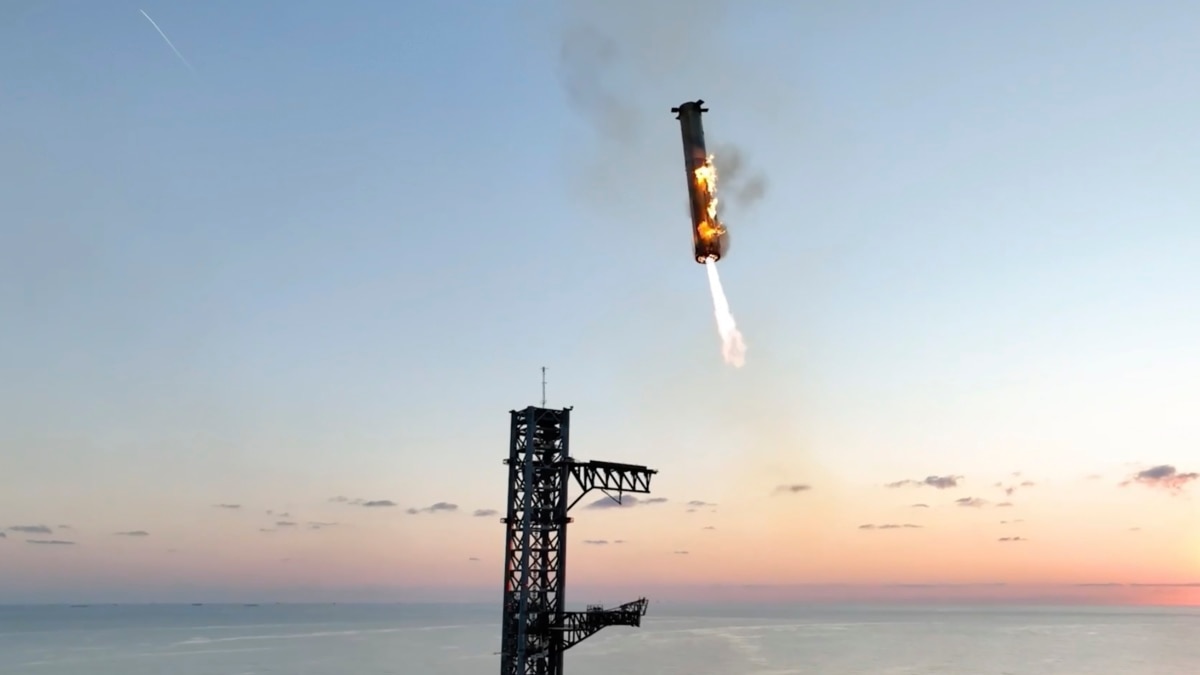
SpaceX has successfully completed the fifth test of its Starship rocket system. The unmanned test was conducted on Sunday at the American Space Company’s launch center in Boca Chica, Texas.
During the flight, the 121-meter-long spacecraft was successfully propelled into space by a SpaceX Super Heavy vehicle Supporter rocket. After reaching an altitude of about 70 kilometers, the booster separated from the second stage, or upper half, of the spacecraft. As planned.
The reusable booster was then directed by ground controllers to return to the launch center. Before landing on the landing pillowThe rocket relighted three of the Raptor’s 33 engines in order to slow the booster for a controlled landing.
The Super Heavy then positioned itself for a landing. For the first time, the booster was “grabbed” and held in place by a massive structure including large metal arms. A video of the landing provided by SpaceX showed the booster being picked up by the structure exactly as planned.
A short time later, the spacecraft’s second stage arrived safely Spread down In the Indian Ocean. The test flight and successful landing demonstrated the progress made by SpaceX’s Starship system.
NASA plans to use the spacecraft to transport the next American astronauts to the moon. Such a landing would be the first since NASA’s Apollo 17 mission in 1972.
The next planned landing on the moon’s surface — which NASA officials have scheduled for September 2026 — is part of NASA’s Artemis program. Artemis will also seek to establish a permanent base around the Moon to support ongoing lunar visits and potential future missions to Mars.
SpaceX has been selected to lead the planned lunar landing by NASA after several successful demonstrations and missions in recent years. The company’s rockets and spacecraft have been reliably transporting astronauts and materials to the International Space Station (ISS) since 2020.
NASA has also selected the US aerospace company Boeing as a potential partner in the Artemis programme. But the company’s Starliner rocket faced major delays and difficulties during previous test flights.
In the latest flight, the Starliner successfully transported two American astronauts – Butch Wilmore and Sonny Williams – to the International Space Station in early June. The two were expected to remain in space for only one week. But persistent technical problems with the Starliner spacecraft prevented the return flight.
NASA recently decided that the Starliner would return to Earth without the astronauts. The plan is for Willmore and Williams to return to Earth from the International Space Station in February aboard a SpaceX Dragon spacecraft.
Before SpaceX’s latest mission, several Starship rockets exploded during test flights. The last non-explosive test occurred in June. During that flight, SpaceX reported some damage to the refractory tiles On the outside of the spacecraft. But the improvements made since then seem to have worked.
After Sunday’s flight, SpaceX President Elon Musk said the rockets appeared to be in overall good condition, with only a few minor defects. Fake it Some external engine parts suffer from extreme heat. He noted that these parts can be easily repaired.
Musk also serves as head of social media service SpaceX calls the massive metal arms that grab and secure the booster to the ground “Chopsticks“Because they move similar to eating utensils.
“the tower I caught the rocket!! Musk wrote In a message “Today a big step has been taken towards making life multiplanetary,” he added.
The successful test flight on the X was also praised by NASA Administrator Bill Nelson. “Congratulations to SpaceX on its successful booster catch and fifth spacecraft flight test today!” Nelson wrote. He added that “continuous testing” will prepare NASA and its partners for a series of “broad Missions’ coming in the future.
I’m Brian Lin.
Brian Lin wrote this story for Voice of America Learn English, based on reports from The Associated Press, Reuters, AFP, and SpaceX.
___________________________________________
The words in this story
Supporter – N. An engine on board a spacecraft provides additional power for the first part of the flight
pillow -N. A flat structure used by flying vehicles such as rockets or helicopters for launch or landing
Splash down -Fifth. (phrase) When a spacecraft lands in the sea after returning from space
Tile – n. A flat piece of material used to cover surfaces such as floors, ceilings, or walls
warp – against To become bent into the wrong shape
Chopsticks – N. Think of the sticks used for eating in many parts of the world
tower – n. A very tall building or part of a building
broad – characteristic Not afraid to take risks

“Certified food guru. Internet maven. Bacon junkie. Tv enthusiast. Avid writer. Gamer. Beeraholic.”

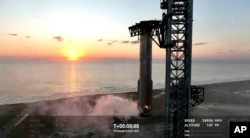
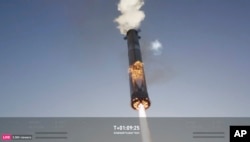
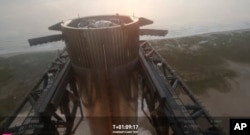
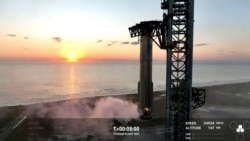




More Stories
Nintendo is launching a music app with themes from Mario and Zelda, and more importantly, a Wii Shop channel
The Google Pixel Tablet 3 will take another step towards replacing your laptop
Apple still excels at building the best computers